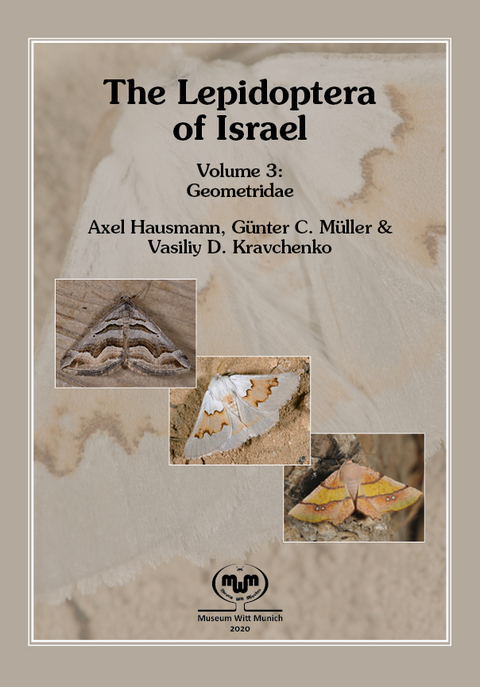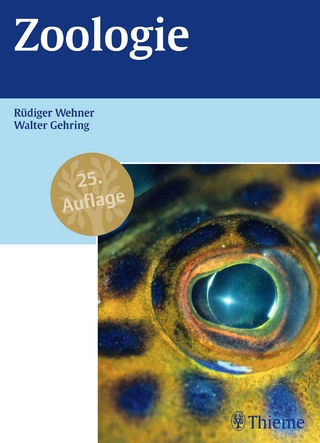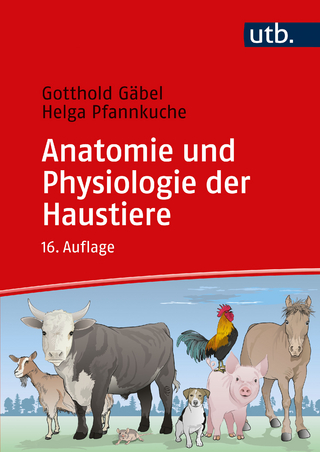
The Lepidoptera of Israel
Volume 3 Geometridae
Seiten
2020
Akademischer Verlag München
978-3-940732-46-0 (ISBN)
Akademischer Verlag München
978-3-940732-46-0 (ISBN)
Preface
In 2005, the authors of the volume published the surprising discovery of an undescribed, conspicuous arctiid species in western Israel, Olepa schleini, with closest related congeners in India. Its caterpillars were successfully reared on Rizinus communis by Günter Müller, a fact, that reminded Axel Hausmann the story of the prophet Jona in the Bible, who got angry about a "worm" (hebr. tola'ath) that destroyed his beloved Rizinus plant under which he was hiding from the hot sun. Since Rizinus is a very poisonous plant and many other details (nocturnal feeding, hiding in the ground by day, stem-biting) are exactly matching the Biblic description, it is quite likely that the "worm" of the book Jona in the Bible was discovered. Apparently, the old Hebrew word tola'at did not differentiate between larval stages of insects (here Lepidoptera) and true "worms" (Annelida). The same word has been used for the "worms" (tola'im) that made the manna inedible on the second day. Even in this case the text refers to an insect larva, probably belonging to the insect order Diptera. In seven other parts of the Bible lepidopteran "larvae" and "moths" are mentioned when referring to the damaging behaviour of the clothes moth Tineola bisselliella (Tineidae). However, here the words sas for larva, and ash for moth are used (I had the pleasure to discuss that with the first author, when he visited Israel for the first time in 1991). It is obvious that the Bible uses more exact and differentiating terms when certain species are important for human life and economy, which was common practice in all cultures of ancient times. After centuries of vague and poorly differentiating naming of animals and plants, zoological and botanical nomenclature has seen a time change in 1758 when the Swedish scientist Carolus Linnaeus (Carl von Linné) introduced the Latin binominal naming of species, which is mandatory for zoologists and botanists until today. With this system of modern nomenclature, and with modern techniques of morphology and DNA sequencing, we can provide an exact and comprehensive assessment of the biodiversity of our earth, which is a prerequisite for understanding nature, and, in consequence, for protecting nature. We can only love and protect what we know. Today, more and more, we have to recognize the fact that biodiversity of our planet as a whole, and its protection are essential for the future of humanity. Therefore, it is a pleasure for me to see another volume of the book series "Lepidoptera of Israel" published which fills, with 216 covered species, another large gap of biodiversity of the Levant.
Dr. Reuven Ortal, Jerusalem, 30 June 2020
In 2005, the authors of the volume published the surprising discovery of an undescribed, conspicuous arctiid species in western Israel, Olepa schleini, with closest related congeners in India. Its caterpillars were successfully reared on Rizinus communis by Günter Müller, a fact, that reminded Axel Hausmann the story of the prophet Jona in the Bible, who got angry about a "worm" (hebr. tola'ath) that destroyed his beloved Rizinus plant under which he was hiding from the hot sun. Since Rizinus is a very poisonous plant and many other details (nocturnal feeding, hiding in the ground by day, stem-biting) are exactly matching the Biblic description, it is quite likely that the "worm" of the book Jona in the Bible was discovered. Apparently, the old Hebrew word tola'at did not differentiate between larval stages of insects (here Lepidoptera) and true "worms" (Annelida). The same word has been used for the "worms" (tola'im) that made the manna inedible on the second day. Even in this case the text refers to an insect larva, probably belonging to the insect order Diptera. In seven other parts of the Bible lepidopteran "larvae" and "moths" are mentioned when referring to the damaging behaviour of the clothes moth Tineola bisselliella (Tineidae). However, here the words sas for larva, and ash for moth are used (I had the pleasure to discuss that with the first author, when he visited Israel for the first time in 1991). It is obvious that the Bible uses more exact and differentiating terms when certain species are important for human life and economy, which was common practice in all cultures of ancient times. After centuries of vague and poorly differentiating naming of animals and plants, zoological and botanical nomenclature has seen a time change in 1758 when the Swedish scientist Carolus Linnaeus (Carl von Linné) introduced the Latin binominal naming of species, which is mandatory for zoologists and botanists until today. With this system of modern nomenclature, and with modern techniques of morphology and DNA sequencing, we can provide an exact and comprehensive assessment of the biodiversity of our earth, which is a prerequisite for understanding nature, and, in consequence, for protecting nature. We can only love and protect what we know. Today, more and more, we have to recognize the fact that biodiversity of our planet as a whole, and its protection are essential for the future of humanity. Therefore, it is a pleasure for me to see another volume of the book series "Lepidoptera of Israel" published which fills, with 216 covered species, another large gap of biodiversity of the Levant.
Dr. Reuven Ortal, Jerusalem, 30 June 2020
| Erscheinungsdatum | 20.10.2020 |
|---|---|
| Reihe/Serie | Proceedings of the Museum Witt Munich ; 9 |
| Zusatzinfo | Tafeln |
| Verlagsort | München |
| Sprache | englisch |
| Maße | 220 x 300 mm |
| Gewicht | 1300 g |
| Themenwelt | Naturwissenschaften ► Biologie ► Zoologie |
| Schlagworte | Geometridae • Israel • Lepidoptera |
| ISBN-10 | 3-940732-46-X / 394073246X |
| ISBN-13 | 978-3-940732-46-0 / 9783940732460 |
| Zustand | Neuware |
| Haben Sie eine Frage zum Produkt? |
Mehr entdecken
aus dem Bereich
aus dem Bereich


